![]()
![]()
![]()
Use LEFT and RIGHT arrow keys to navigate between flashcards;
Use UP and DOWN arrow keys to flip the card;
H to show hint;
A reads text to speech;
35 Cards in this Set
- Front
- Back
- 3rd side (hint)
|
Cell Theory |
Cells, or the products made by cells, are the units of structure and function in organisms |
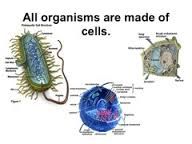
____ describes the properties of cells. |
|
|
Prokaryotes |
Bacterial cells |
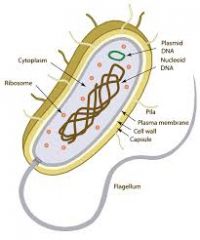
____ are the most abundant type of cells. |
|
|
Eukaryotes |
Multicellular complex structures |
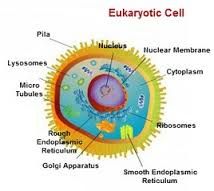
An animal cell is a ____. |
|
|
Nucleus |
Structure in the membrane that holds cell's DNA |
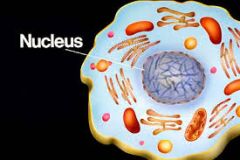
____ is in the middle of a cell. |
|
|
Chromosome |
A structure in the nucleus that carries genetic information |
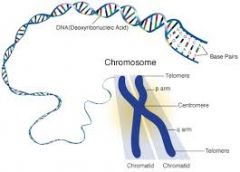
An extra ____ leads to birth defects. |
|
|
Nucleoid |
Region of a prokaryotic cell where the large, single chromosome attaches to the plasma membrane |

____ means "nucleus-like." |
|
|
Plasmids |
Small, circular DNA molecules that contain genes to help bacteria survive in specific conditions |
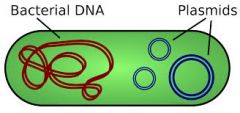
____ contain genes. |
|
|
Flagella |
Long, whip-like tails made of protein that rotate to propel cells through fluids |
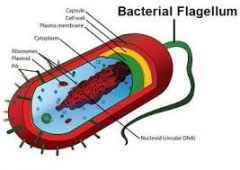
____ are the longer piece of a cell used for movement. |
|
|
Cell/Plasma Membrane |
Inside of the cell wall |
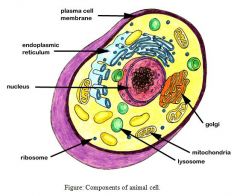
____ are in all eukaryotic cells |
|
|
Cell Wall |
Provides support and protection for the cell |
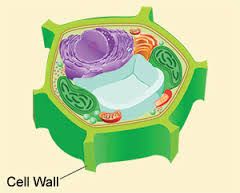
The ____ ____ is made of lipid, carbs, and proteins |
|
|
Ribosomes |
Catalyze the synthesis of proteins |
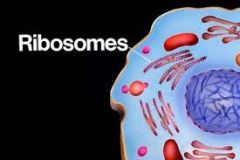
____ are found in both prokaryotes and eukaryotes. |
|
|
Cytoplasm |
Composed of all the cell's organelles |

____ is made of cytosol. |
|
|
Cytosol |
Intracellular solution of salts and organic compounds dissolved in water |
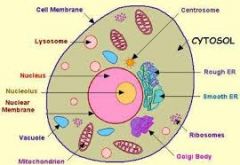
____ contains cytoskeleton proteins. |
|
|
Organelles |
Small, membrane-bound structures inside the cell |
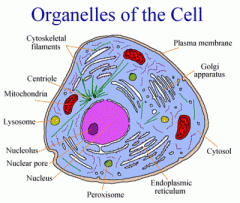
____ are found in the cytoplasm. |
|
|
Nucleolus |
Contains the cell chromosomes |
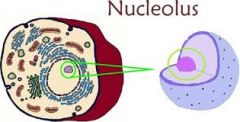
The ____ is an organelle. |
|
|
Cytoskeleton |
Proteins used to provide shape, structure, and movement inside the cell |
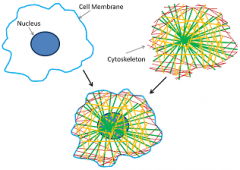
The ____ proteins are in the cytosol. |
|
|
Microtubules |
Hollow, relatively thick structures |
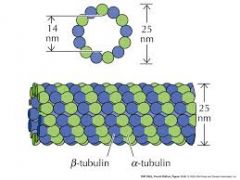
____ are hollow like straws. |
|
|
Microfilaments |
Solid, flexible, thin strands |

____ are not hollow. |
|
|
Rough ER |
Ribosomes on its surface |
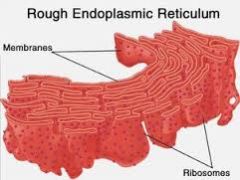
Other type has no ribosomes on its surface. |
|
|
Smooth ER |
No ribosomes on its surface |

Other type of this has ribosomes on its surface. |
|
|
Golgi Apparatus |
Modify proteins and export substances from the ER |
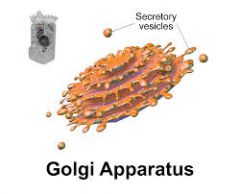
____ is a stack of membrane sacs. |
|
|
Vesicles |
Membrane bubbles that pinch off of the Golgi Apparatus and fuse with the plasma membrane or other organelles |
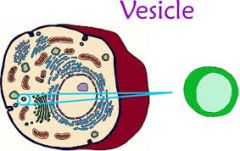
____ are spherical. |
|
|
Lysosomes |
Specialized vesicles that contain enzymes for digesting old macromolecules and food |
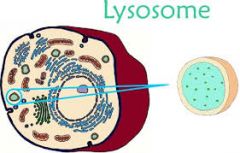
____ are only in animal cells. |
|
|
Vacuoles |
Very large structures used to store water, organic acids, enzymes, salts, and pigments |
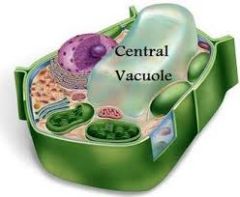
____ are found in plant cells. |
|
|
Centrioles |
Structures that contain microtubules involved in cell reproduction |
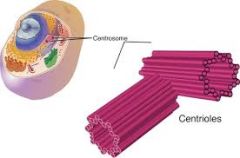
____ are found in animals, some fungi and algae |
|
|
Cilia |
Many short flagella that sense environmental conditions and sometimes aid in movement |
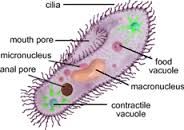
The shorter of the two forms of movement for a cell. |
|
|
Mitochondria |
Used during aerobic respiration |
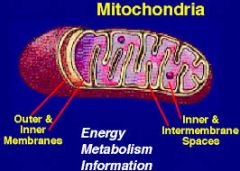
____ are in all eukaryotes. |
|
|
Chloroplasts |
Used during photosynthesis |
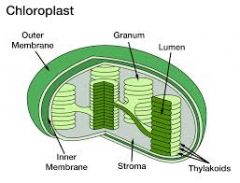
____ are in plants and some protists. |
|
|
Colony |
Groups of unicellular organisms that are independent but work together for specific functions |
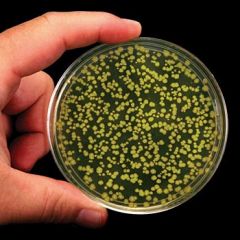
A ____ is similar to a bee hive. |
|
|
Multicellular |
An organism made of many cells |
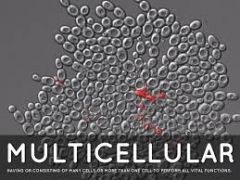
Humans are ____. |
|
|
Cell Differentiation |
When a cell becomes specialized to perform a specific function |
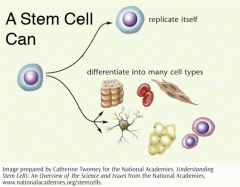
Mitosis occurs to create specific cells for different functions. |
|
|
Tissue |
Specialized cells and their products that make up animals or plants |
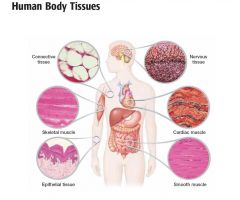
Inflammation is a reaction of living ____ to infection or injury. |
|
|
Organ |
A part of an organism that has a specific function |
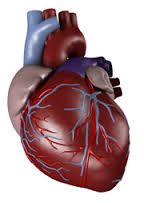
Another ____ is your lungs. |
|
|
Organ System |
A group of organs that work together |
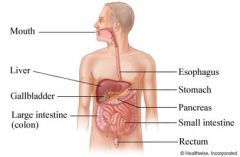
One ____ ____ is the digestive system. |
|
|
Organism |
A life form |
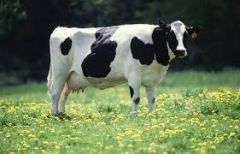
Humans are ____. |

